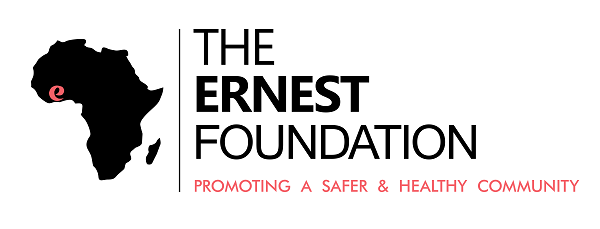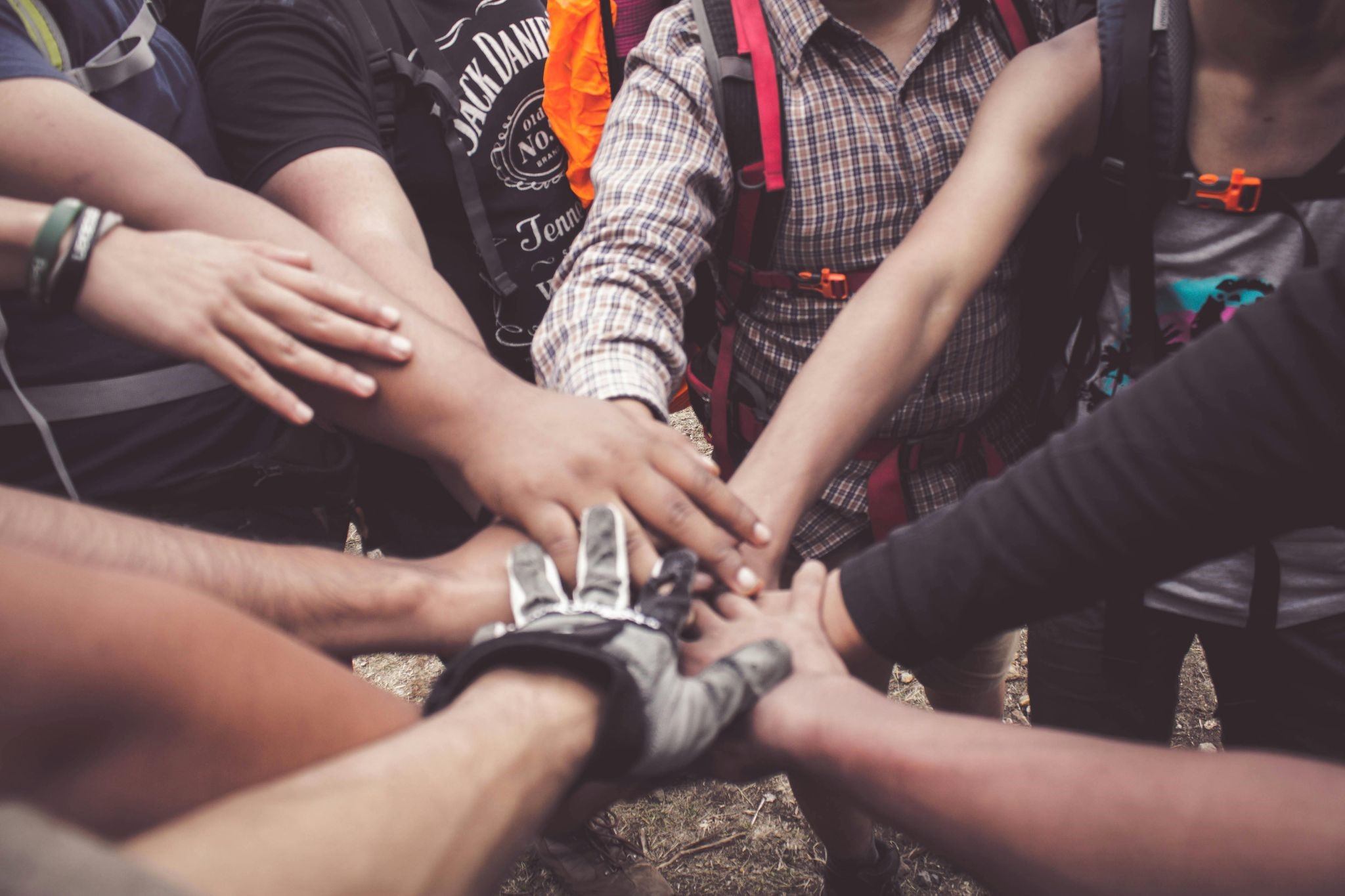Creating safer neighborhoods starts with the relationships you build and the sense of shared responsibility you foster. Safety doesn’t stem solely from locks or surveillance—it thrives where there’s mutual trust, accountability, and communication. Whether you’re looking out for kids walking home from school or organizing cleanups at a local park, the strength of a neighborhood lies in its people. When everyone is on the same page and actively engaged, real change follows, and safer streets become more than just a hope—they become the new norm.
Cultivating Relationships with Law Enforcement
Establishing productive, open lines of communication with local law enforcement can build trust and redefine how safety is maintained in your neighborhood. Officers who are known by name and face are more likely to be seen as allies than outsiders. Regular meetings—whether hosted virtually or in a local rec center—offer a chance to express concerns, get updates on local incidents, and provide feedback that improves policing outcomes. When the goal is mutual respect and cooperation, rather than surveillance or fear, community-law enforcement relationships can become the backbone of a safer community.
Building Support Through Community Gatherings
One of the most powerful tools for creating a safer neighborhood is organizing regular events where people can connect, collaborate, and celebrate shared goals. These events—like a block party, weekend cleanup day, or safety-themed potluck—offer a low-pressure way to meet neighbors and build momentum for larger initiatives. It’s also a chance to invite local police, fire departments, or city officials, so everyone gets to know each other in a positive setting. To spread the word, passing out flyers is still one of the best ways to reach those who aren’t online or active on social media. Take a look at free tools like Canva or Adobe Express that offer flyer templates—you can add your own text, change fonts or colors, include photos, and even prep them for professional printing if needed.
Preventing Dangerous Driving
Few issues threaten everyday safety more immediately than reckless drivers. Whether it’s speeding through residential zones or ignoring stop signs, these behaviors endanger pedestrians, cyclists, and drivers alike. One effective way to push back is by lobbying for speed bumps, better signage, and visible crosswalks in high-traffic areas. You can also work with local officials to initiate neighborhood slow-down campaigns or temporary street closures during high-risk hours to protect kids at play or walkers on the street.
Addressing Shared Space Hazards
Potholes, poor lighting, broken sidewalks, and unsecured construction sites aren’t just eyesores—they’re safety hazards. These are the places where a child trips, an elder falls, or someone finds themselves in a vulnerable situation. Creating a shared document where neighbors can report hazards and follow up on fixes can keep accountability front and center. When everyone sees safety as a shared responsibility, things get addressed faster, and everyone benefits from a cleaner, more functional environment.
Knowing Your Neighbors
Knowing who lives around you goes far beyond friendly greetings—it builds a safety net. When you recognize faces and names, you’re more likely to notice when something’s off or if someone needs help. Hosting low-key events like front-yard cookouts or weekend porch coffee hours can break down barriers and turn strangers into allies. These small efforts pay off during emergencies, too, because knowing who to call or how to offer help becomes second nature.
Organizing for Community Safety
Neighborhood watches might sound old-school, but their purpose remains incredibly relevant. Today, these efforts can take on modern forms—group text threads, social media groups, or walk-and-talk patrols that offer both visibility and reassurance. The key is to stay proactive without being invasive or promoting fear-based vigilance. Rather than just reacting to threats, the best groups act as caretakers—checking on seniors, escorting kids home, or simply maintaining a visible, reassuring presence in the neighborhood.
Keeping Safety a Year-Round Priority
The push for safety doesn’t end after a single event or meeting—it’s about maintaining a rhythm of involvement. Think of safety as part of the cultural identity of your neighborhood, not just an item on a checklist. Hosting seasonal meetings, keeping up with city council sessions, or even rotating leadership roles among neighbors can keep enthusiasm alive. The more safety becomes part of daily conversation and routine action, the less likely you are to face sudden crises without support.
At the heart of every safe neighborhood is a commitment to connection. It’s not about having all the answers or installing every gadget on the market—it’s about people. When you know who lives next door, when you trust that others are looking out for your well-being, and when you feel empowered to speak up or lend a hand, everything changes. Safety isn’t a product you buy—it’s something you build together, block by block.
Support the The Ernest Foundation in their mission to empower individuals living with HIV and AIDS, and discover how you can make a difference in your community today!

